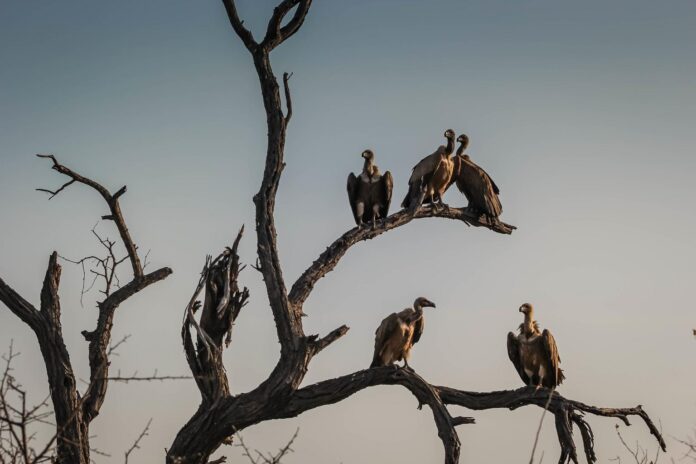A Glimpse into the Mangrove Action Project
The Mangrove Action Project, now in its 10th year, highlights the intricate relationships between wildlife, coastal communities, and mangrove forests. The project’s recent photography competition aimed to bring attention to the fragility of these unique ecosystems both above and below the waterline. Among the poignant images, Mr. Bhattacharjee’s winning photograph, “Sinking Sundarbans,” stood out, depicting the devastating impact of climate change and sea level rise on a young girl named Pallavi and her home.
The Importance of Mangroves
Mangroves are crucial in the fight against climate change. One acre of mangrove forest absorbs nearly the same amount of carbon dioxide as an acre of Amazon rainforest. These forests also protect coastlines from erosion, especially as storms become more intense. Conservation, however, remains a complex narrative. Morgan Heim, one of the competition judges, emphasised that photography can bridge language barriers and bring conservation stories closer to our hearts, instilling hope for the future.
The Vulture Crisis in India
India’s vulture population, once abundant and integral to the ecosystem, has faced a catastrophic decline. Two decades ago, these scavengers, essential for cleaning up carcasses and preventing the spread of disease, began dying off due to diclofenac, a veterinary drug. This non-steroidal painkiller, used to treat sick cattle, proved fatal to vultures feeding on treated carcasses, causing kidney failure.
Unforeseen Consequences
Since the 2006 ban on diclofenac, the decline has slowed in some areas, but three vulture species have seen long-term losses of 91-98%. The unintentional decimation of vultures led to the proliferation of deadly bacteria and infections, contributing to approximately half a million human deaths over five years. Research published in the American Economic Association journal highlights the critical role vultures play in public health by removing carcasses that harbour pathogens.
Economic Impact
The vulture collapse in India has had profound economic implications. The increase in human death rates due to the spread of diseases that vultures would have otherwise controlled has been significant. The researchers estimated that the loss of vultures caused around 100,000 additional human deaths annually between 2000 and 2005, resulting in over $69 billion per year in mortality damages.
The Path Forward
India’s remaining vulture populations are now concentrated around protected areas, where they feed on dead wildlife rather than contaminated livestock. However, threats from veterinary drugs, habitat disruption, and competition from feral dogs persist. Efforts to revive the vulture population include captive breeding programs and increased awareness of the ecological role of vultures.
A Ray of Hope
There are promising signs of recovery. Last year, 20 vultures bred in captivity were released in a tiger reserve in West Bengal. Surveys in southern India have recorded more than 300 vultures. However, sustained efforts are required to ensure the survival of these keystone species, which play a vital role in maintaining the balance of the ecosystem.
The decline of vultures in India underscores the interconnectedness of wildlife and human health. Protecting these scavengers is not just about preserving a species but about safeguarding public health and preventing economic losses. As the Mangrove Action Project and similar initiatives show, understanding and addressing the complex narratives of conservation can inspire hope and action towards a more sustainable future.
Further Reading




